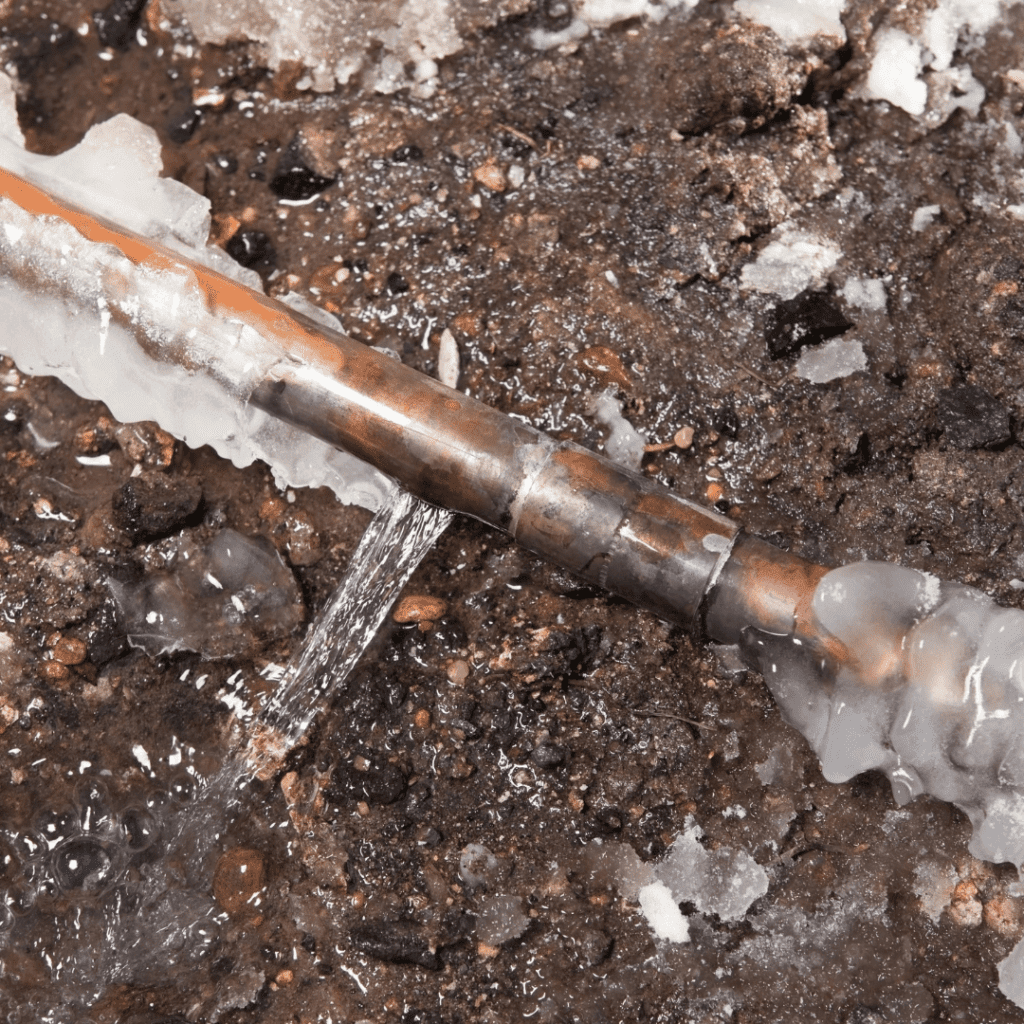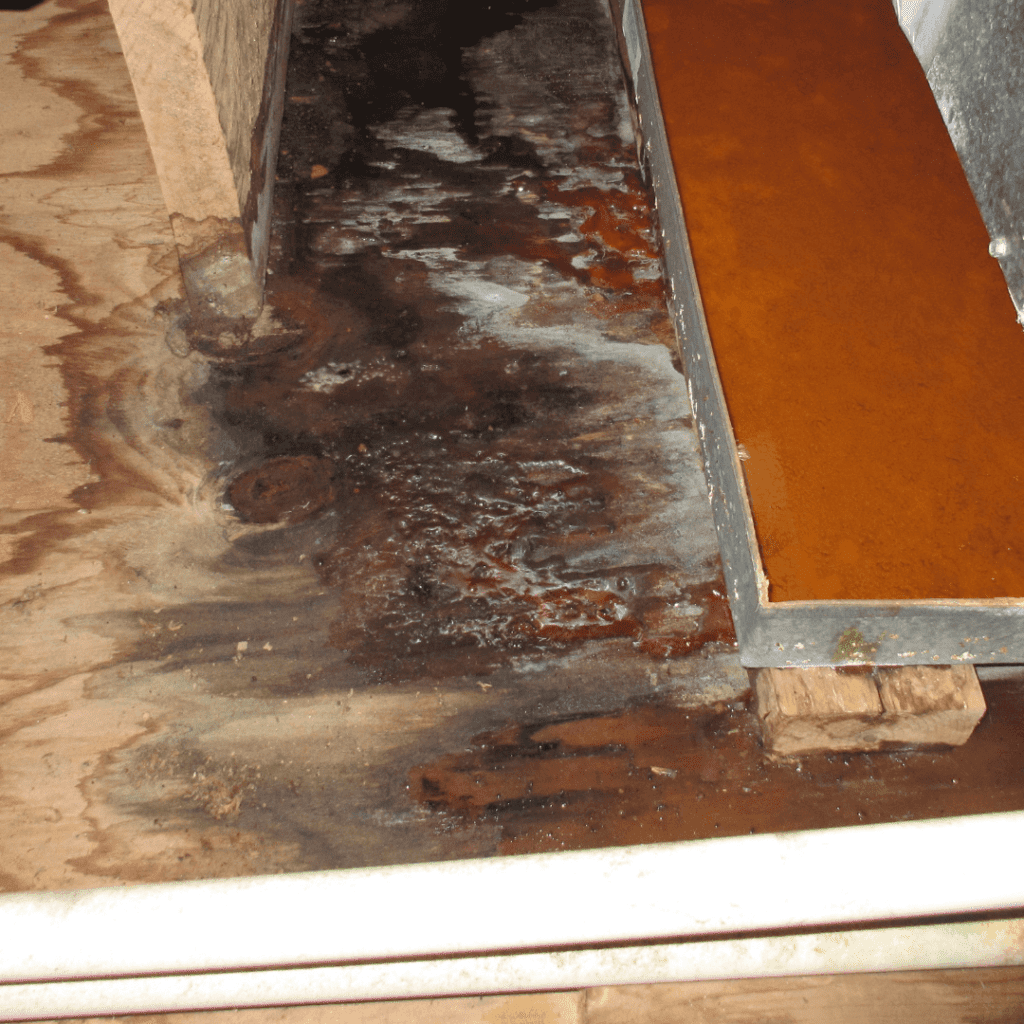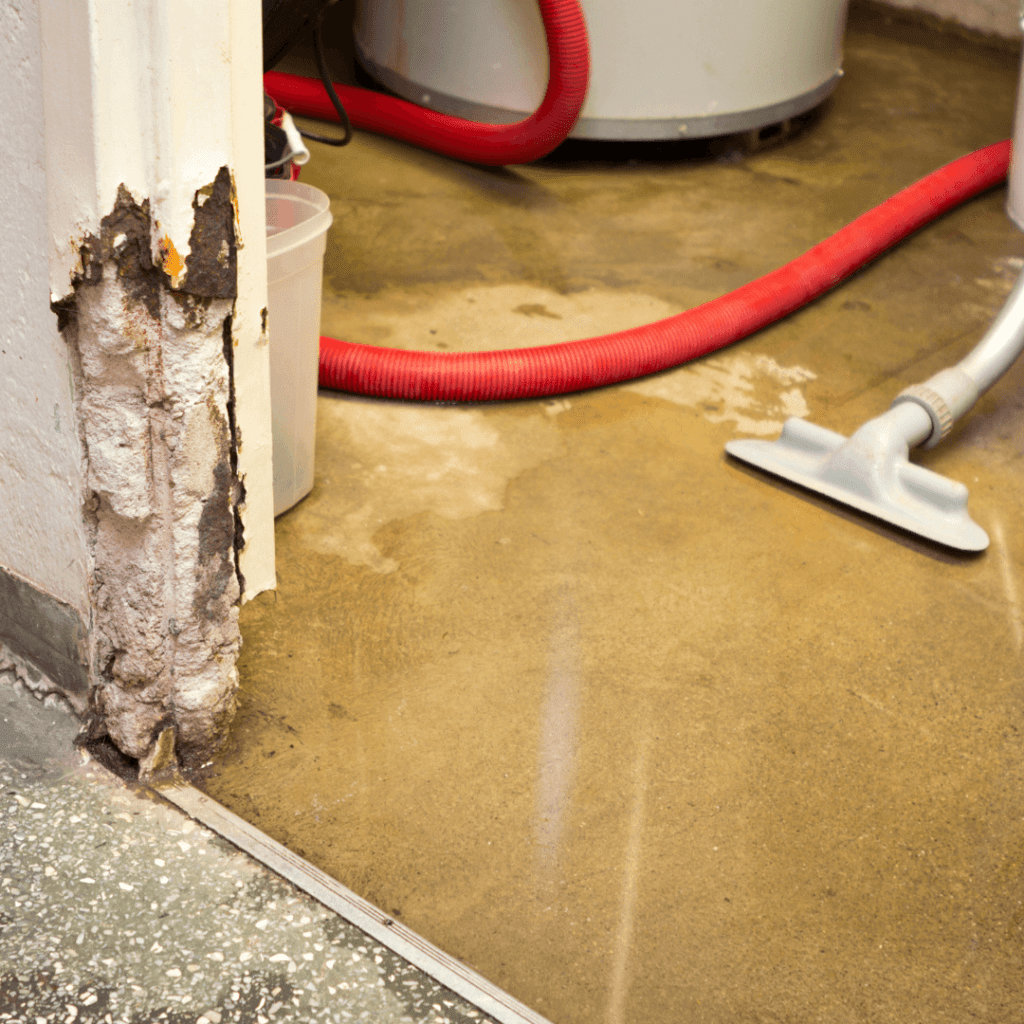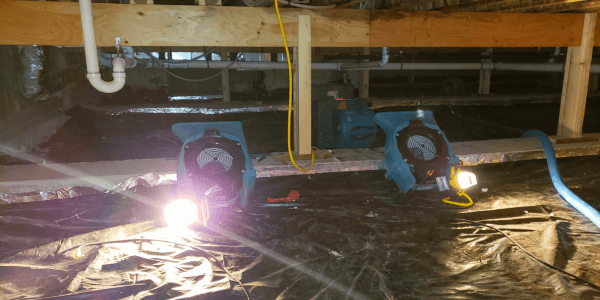Understanding the risks of water damage during winter
Winter weather can be beautiful with its ice-covered landscapes and cozy evenings by the fireplace. However, it also brings the risk of water damage to your home. Understanding these risks is essential to ensure that you can protect your property and keep it safe and dry during the colder months.
One main factor contributing to water damage during winter is the freezing and thawing cycle. When temperatures drop below freezing, any water present in pipes, gutters, or even the foundation of your home can freeze and expand. This expansion can lead to cracks and leaks, which can cause significant damage when the ice thaws.
Another risk factor is the accumulation of snow and ice on your roof. If your roof is not properly insulated or maintained, the weight of the snow and ice can cause it to sag or even collapse, leading to water infiltration and potential structural damage.
Common causes of water damage during winter

There are several common causes of water damage during the winter months. One of the most common culprits is frozen pipes. When water freezes inside the pipes, it expands and can cause them to burst. This can result in significant damage to your home, including flooding and the potential for mold growth.
Another cause of water-related damage during winter is ice dams. Ice dams form on the edge of roofs when snow melts and refreezes, creating a barrier that prevents water from properly draining off the roof. This trapped water can then seep into your home, causing damage to ceilings, walls, and insulation.
Additionally, clogged gutters and downspouts can also lead to damage. When leaves, debris, and ice accumulate in your gutters, water cannot flow freely, causing it to overflow and potentially seep into your home’s foundation or basement.
Signs of water damage in your home
It’s important to be aware of the signs of water damage in your home so that you can take immediate action if necessary. Some common signs include:
- Water stains on ceilings or walls: These stains may appear as discolored patches or even bubbling paint.
- Musty odors: If you notice a persistent musty smell in certain areas of your home, it could indicate the presence of mold caused by water-related damage.
- Peeling wallpaper or blistering paint: Moisture can cause wallpaper to peel or paint to blister, indicating water infiltration.
- Wet carpets: If your carpets feel damp or wet to the touch, this could be a sign of water damage.
- Warped or sagging floors: Water-related damage can cause floors to warp or sag, especially in areas with high moisture, such as bathrooms or basements.
If you notice any of these signs, it’s important to investigate the source of the water damage and take appropriate action to prevent further damage.
Prevention tips for safeguarding your home from water damage
Prevention is key in safeguarding your home from water damage during winter. Here are some essential tips to help you keep your property dry and protected:

- Insulate pipes: Properly insulate your pipes to prevent them from freezing and bursting. This can be done using pipe insulation sleeves or heat tape.
- Maintain your roof: Regularly inspect your roof for any signs of damage and ensure it is properly insulated. Remove snow and ice buildup to prevent the risk of ice dams.
- Clean gutters and downspouts: Regularly clean your gutters and downspouts to remove any leaves, debris, or ice buildup. This will allow water to flow freely and prevent overflow.
- Seal cracks and gaps: Inspect your home for any cracks or gaps in the foundation, walls, or windows. Seal these areas with caulk or weatherstripping to prevent water infiltration.
- Install a sump pump: If you have a basement, consider installing a sump pump to remove excess water and prevent flooding.
- Monitor indoor humidity levels: Use a hygrometer to monitor indoor humidity levels and keep them between 30% and 50%. High humidity can promote mold growth and increase the risk of water damage.
By following these prevention tips, you can significantly reduce the risk of damage to your home during winter.
Steps to take if your home experiences water damage
Despite your best efforts, water damage can still occur. If you find yourself dealing with damage in your home, it’s important to take immediate action to minimize the extent of the damage and prevent further issues. Here are some steps to follow:
- Turn off the water source: If the water damage is caused by a burst pipe or an overflowing appliance, immediately turn off the water supply to prevent further water flow.
- Remove standing water: Use buckets, mops, or a wet/dry vacuum to remove any standing water from your home. Be cautious of electrical hazards and wear protective gear if necessary.
- Dry out the affected area: Use fans and dehumidifiers to dry out the affected area. Open windows and doors to improve air circulation, and remove any wet furniture or belongings to prevent further damage.
- Document the damage: Take photos or videos of the damage for insurance purposes. Make a detailed list of any affected items or structural damage.
- Contact your insurance company: Notify your insurance company about the damage and follow their instructions for filing a claim.
- Consult a water damage restoration company: If the damage is extensive or you’re unsure how to proceed, it’s best to contact a professional water damage restoration company. They have the expertise and equipment to properly assess the damage, mitigate further issues, and restore your home to its pre-damaged condition.
The importance of water damage restoration
Water damage restoration is a crucial step in recovery after experiencing water-related damage in your home. It goes beyond simply drying out the affected area. Proper restoration includes:
- Identifying and addressing the source of the damage.
- Repairing any structural damage.
- Ensuring that your home is safe and free from mold growth.
Water damage restoration professionals have the knowledge, experience, and specialized equipment to handle even the most severe cases of water-related damage. They can thoroughly assess the extent of the damage, develop a customized restoration plan, and efficiently restore your home to its original condition.
By enlisting the help of professionals, you can ensure that the water damage is properly addressed and mitigate the risk of long-term issues such as mold growth, compromised structural integrity, and decreased property value.
Hiring a professional water damage restoration company in Austin
If you’re located in the Austin area and have water damage, it’s crucial to hire a professional water damage restoration company like Blackhill Restoration. With their expertise and commitment to quality service, they can help you easily navigate the restoration process.
Blackhill Restoration specializes in water damage restoration in Austin and has a team of highly trained professionals who are equipped to handle any water damage emergency. They understand the situation’s urgency and provide prompt response and efficient restoration services to minimize damage and restore your home as quickly as possible.
When hiring a water damage restoration company, it’s important to choose one that is licensed, insured, and certified. Look for companies with a proven track record of successful restoration projects and positive customer reviews.
DIY water damage restoration tips
While it’s always advisable to seek professional help for water damage restoration, there are some initial steps you can take to mitigate the damage before the professionals arrive. Here are some DIY tips:

- Remove excess water: Use towels, mops, or a wet/dry vacuum to remove as much standing water as possible.
- Dry out the area: Open windows and doors to improve ventilation. Use fans and dehumidifiers to speed up the drying process.
- Salvage belongings: Move any wet furniture, rugs, or other belongings to a dry area to prevent further damage. Wipe down items to remove excess moisture.
- Disinfect affected areas: Use a mild bleach solution to disinfect surfaces that have come into contact with the water. This will help prevent mold growth.
- Remove damaged materials: If any severely damaged materials, such as soaked carpets or insulation, are present, it may be necessary to remove and replace them.
Remember, these DIY tips are only temporary measures. It’s crucial to contact a professional water damage restoration company as soon as possible to ensure a thorough and proper restoration process.
Conclusion: Protecting your home from water damage year-round
Water damage can be a homeowner’s worst nightmare, but by taking proactive measures, you can protect your home from the risks associated with winter weather. Understanding the causes and signs of water damage is important, allowing you to take immediate action if necessary.
Remember to insulate your pipes, maintain your roof, clean your gutters, seal cracks and gaps, and monitor indoor humidity levels. Act quickly in case of water damage by turning off the water source, removing standing water, drying out the affected area, documenting the damage, and contacting your insurance company.
When it comes to water damage restoration, hiring a professional company like Blackhill Restoration in Austin is crucial. They have the expertise and equipment to ensure a thorough restoration process and minimize the risk of long-term issues.
By following these tips and being proactive, you can safeguard your home from water damage during winter and throughout the year. Don’t let winter rain on your parade – protect your home and keep it safe and dry all year round.

